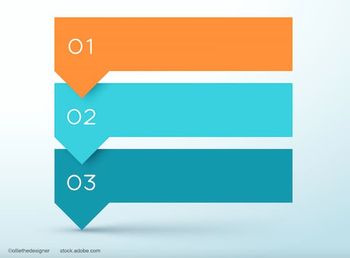
Pie pattern found most efficient
Use of a proprietary femtosecond laser system for lens fragmentation significantly reduces the amount of ultrasound energy needed for phacoemulsification, although the effect varies depending on the choice of fragmentation algorithm, according to new research.
Chicago-Use of a proprietary femtosecond laser system (LensAR) for lens fragmentation significantly reduces the amount of ultrasound energy needed for phacoemulsification, although the effect varies depending on the choice of fragmentation algorithm, according to research presented by Harvey Uy, MD, and Louis "Skip" Nichamin, MD, at the annual meeting of the American Academy of Ophthalmology.
Pie pattern favored
Further analyses were performed comparing eyes in the pie pattern and control groups after stratification by nuclear grade. The greatest reduction in energy use associated with laser phacofragmentation occurred in eyes with softer cataracts. However, use of the new technology offered a benefit across all grades.
"For grades 1 [to] 3, the benefit of using the femtosecond laser was statistically significant," Dr. Uy said. "Although the 21% reduction in energy use in eyes with grade 4 cataracts was not, there were also fewer eyes in this subgroup.
Observations made using the different treatment algorithms for lens fragmentation showed how the different patterns affected nuclear disassembly and removal.
He added that programming the laser to leave no uncut bowl of nucleus also helps to minimize use of phaco energy, although the extent of the fragmentation toward the periphery was limited by pupil size and surgeon experience.
"Usually the treatment zone is 0.5 mm from the edge of the pupil, but as we performed more cases, we became more comfortable advancing the treatment zone farther outward," Dr. Uy concluded.
FYI
Louis "Skip" Nichamin, MD
E-mail:
Dr. Nichamin is a consultant to and equity owner in LensAR.
Harvey Uy, MD
E-mail:
Dr. Uy has no direct financial interest in the material he presented.
Newsletter
Don’t miss out—get Ophthalmology Times updates on the latest clinical advancements and expert interviews, straight to your inbox.














































.png)


